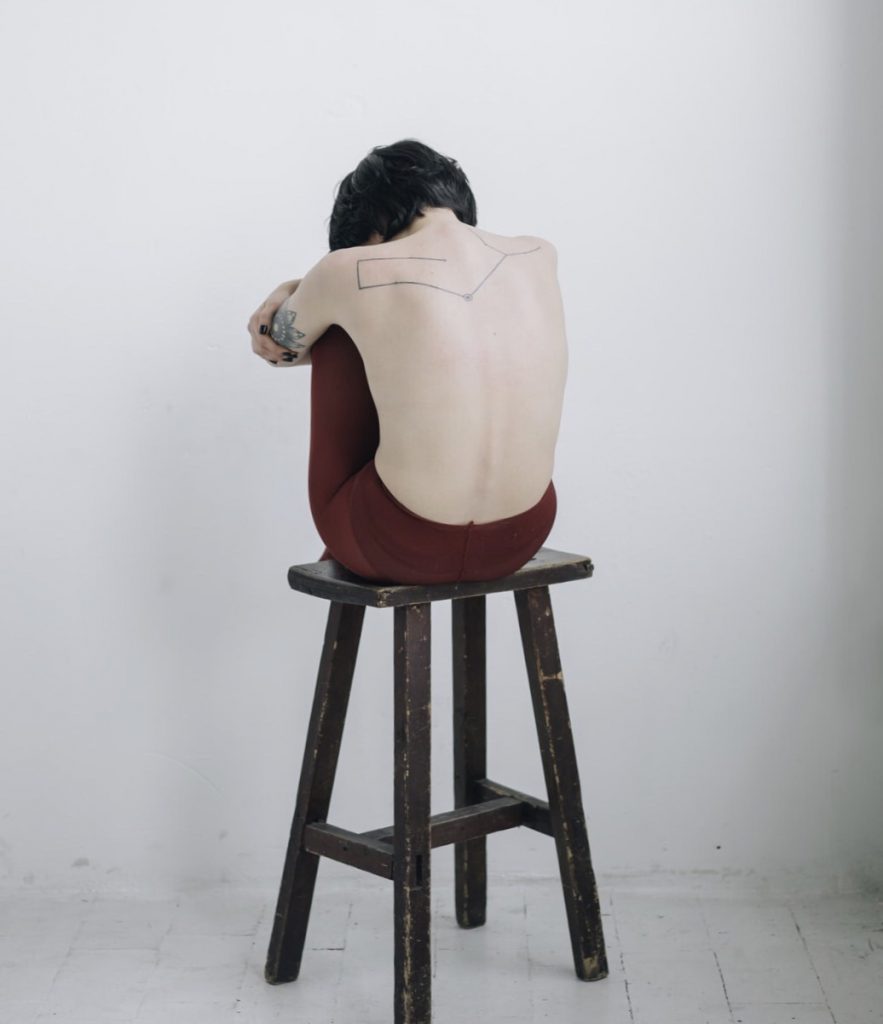
Kevin Mullins, a master instructor for Equinox Sports Club in Washington, D.C. understands low-level chronic back pain and found three recurring issues that personal trainers can address with their clients. Excess bodyweight, sedentary lifestyles, and improper exercise selection, are areas a trainer can help a client with, all factors having a correlation to low back pain. It is estimated that over 84 % of the population will experience an episode of LBP, from children to the elderly, at some time during life.
As well, age, stress, occupational factors, lack of flexibility or hyper-mobility, sports, postural habits, and smoking are other contributing factors.
Recovering from low back pain is a long complex road. If you are in pain, but not dealing with any diagnosed or diagnosed medical issue, you fall into the category of mechanical low back pain, or LBP.
Unlike a car, says Dr. McGill, one of the most widely respected spine researchers in the world, where you change one thing and it’s fixed, fixing a back is different. Back pain is more complicated and is much more than just fixing one part. Because, McGill notes, it comes down to cold hard science.
How the spine functions and it’s relationship the rest of the body is the key to being free of back pain. Through proper exercise, movement, and posture, even disc bulges can be made less painful, and usually pain-free, he notes.
Of course it’s hard to stick to a program if you are in pain. You lose the very conditioning that could help treat LBP, or even more frustrating, gain unwanted weight.That extra weight is the number one reason clients turn to a trainer, with or without low back pain. Healing starts to occur when you keep the bigger picture in mind; a good diet,adequate sleep, and a matched activity/ training program.
Tip #1 The Big Picture
A traditional strength training can improve strength and muscle mass. Overall body strength as well as a daily walking regime are important part of a client’s program to become free of back pain.
Tip #2 Bend at the hips, rather than the spine
There is a direct correlation between posture and pain. You can reduce episodes of back pain by reminding yourself to bend at the hips, which is a ball and socket joint, not the back. The spine does bend, but repeated spine bending, whether it’s picking up a weight in the gym, or swinging a kettlebell, could eventually lead to delaminations in the layers of the discs. Someone swinging a kettlebell, along with their back, instead of stabilizing the spine while doing so, to protect the spine, risks further trauma to an already sensitive back. When you’re performing squats, for example, sink your hips back towards your heels, like sitting onto a low park bench. Keep your eyes forward. Use your hips rather than round your back.
Tip #3 Rethink the core
To enhance back fitness, you need a strong focus on core strength, as theses muscles play a protective role. The internal and external obliques, transverse and rectus abdominals, and the erector spinae are arranged around the spine and act as guy wires to allow the spine to control movement, bear loads and facilitate breathing. But all too often you see good athletes and gym members entirely focused on just the rectus abdominis, commonly known as the “6 pack”. If we go back to our car analogy, focusing on only one part won’t solve back pain.
The core musculature extends to the entire body, from the upper back down to the pelvis, not just the 6 pack.The lats, trapezius, the gluteals, hamstrings, hip flexors and inner and outer thighs all have an impact on the spine.
Typically what happens with someone experiencing low back pain, is that that pain hasn’t allowed them to adequately train. The outcome is weaker core and gluteal muscles. This is where science comes in.
To see how important the glutes are for strength, try this exercise; Stand on one leg and balance. Then sink your hips back slightly, behind your heel, and see how much more stable standing on one leg feels. This is a great demonstration of the role the gluteals play regarding core strength.
Your progression, with

